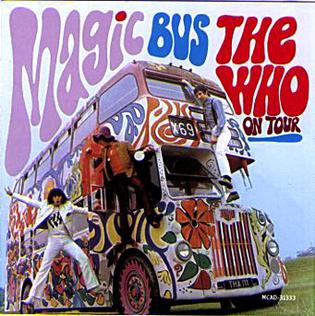Cool.
Just like that, faster than Uber, the Magic Bus is seven minutes from its first passenger of the day.
For the next 12 hours, the bus – in actuality, a brightly painted van bearing the slogan “For all who labor for a better life” – will make 20-minute loops around Gulfton, a working-class neighborhood of apartment complexes and strip malls in southwest Houston.
It will trundle past fruterias and carnicerias, dollar stores and washaterias, charter school campuses and health clinics, wind along Gulfton Avenue and Bellaire Boulevard, rattle down Chimney Rock and up Hillcroft.
Along the way, the 15-passenger van will fill up with women running errands before shifts as restaurant workers and house cleaners, mothers scooping up children from school, families heading to the Baker-Ripley Center for a monthly food bank.
For these regular riders, who don’t own a car or whose husbands use the family’s only vehicle to get to work, the Magic Bus is a lifeline.
Without the service, operated by the nonprofit Neighborhood Centers, many of the families would lose connections that bolster chances of upward mobility: getting to health care and social services, community programs and extracurricular activities, English classes and computer training.
[…]
For more than a century, the Neighborhood Centers has worked to lift people out of poverty by asking them a simple question: What do you need?
In Gulfton, a predominantly Latino and immigrant community where nearly half of residents have a household income under $25,000 and most families live paycheck to paycheck, one thing many asked for was reliable transportation.
About one-third of Gulfton residents depend on something other than a car as a primary means of transportation. Yet there, as in many low-income neighborhoods, streets are often dangerous to cross on foot, sidewalks are nonexistent and public transit can be relatively costly and unreliable.
About 122,000 households in the Houston region do not have cars; about three-fourths of those are low-income. Many more, unable to afford the $8,000 to $10,000-a-year cost of maintaining a vehicle, make do with one car.
The Magic Bus – named for a song by The Who – was launched to help plug the transportation gap, said Angela Blanchard, president and CEO of the nonprofit, which serves half a million people a year at 70 sites across the city. The weekday service is available to Neighborhood Centers clients, who pay a membership fee based on a sliding scale for a range of classes, social services and vocational training.
Neighborhood Centers also assists clients with securing car loans and finding reputable used car dealers – a nod to the critical role of transportation in breaking the cycle of poverty, Blanchard said.
Without a car, people miss out on job opportunities because they can’t get to interviews, pre-employment screening or the job site. If they do secure a job, it takes longer to get to work using public transit. Buses running late means people clock in late, and that can lead to job loss and instability.
In the Houston region, residents of low-income neighborhoods are more likely to have a public transit stop within walking distance, but they can reach only 30 percent of the area’s jobs within a 90-minute morning rush-hour commute – a lower share than higher-income residents, a 2010 Brookings Institute report found.
Houston’s jobs are more spread out than in most major metro areas, with the bulk of growth more than 10 miles from downtown, another Brookings study showed.
“The more decentralized the jobs base, the more challenging it can be to effectively connect people to jobs,” said Elizabeth Kneebone, one of the authors of the 2010 study.
Research by Harvard economist Raj Chetty shows that areas with less sprawl – and shorter commute times – have much higher rates of upward mobility.
I like it. The service clearly fills a need, and if it makes life for these folks a little easier, so much the better. It’s a bit like the various trolley/circulator services we’ve had at various times downtown, with enough demand to make it worth doing but not enough to make it viable as a full-fledged bus route. Regardless, I hope Neighborhood Centers has worked with Metro to optimize their service and the connections. Transportation always works best as a network. Maybe if this continues to be a success there will be the possibility of duplicating it in other parts of town as well.

